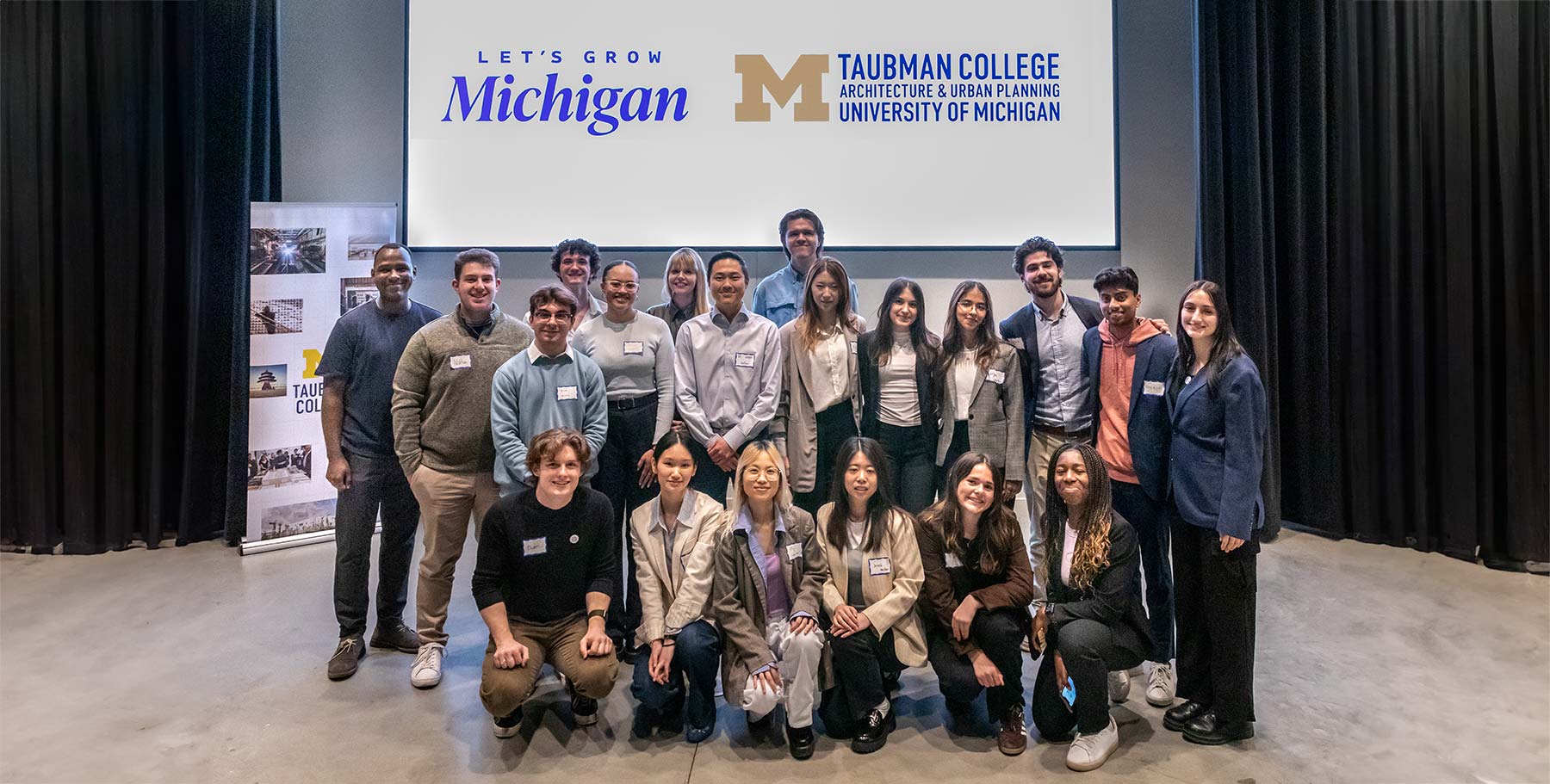Dewar and Nassauer Publish Report on their Research with Water Center
Professor Dewar of Taubman College and Professor Nassauer, of the School for Environment and Sustainability, along with coauthors Nathaniel Lichten, Natalie R. Sampson, and Noah J. Webster, have published a report on the “Green Infrastructure on Vacant Land: Achieving Social and Environmental Benefits in Legacy Cities”. Completed in collaboration with the UM Water Center and the Erb Family Foundation, the white paper reports on the progress of the transdisciplinary research project “NEW-GI (Neighborhood, Environment, and Water research collaborations for Green Infrastructure)”, which “contributes to knowledge about green infrastructure in legacy cities by integrating research about water quality, community well-being, governance and ecological design.”
Dewar and Nassauer’s report was published on February 15, 2017 Summary:
Research indicates that green infrastructure (GI) a has potential to enhance neighborhood attractiveness, increase property values and improve the health and well-being of area residents. This makes GI a particularly promising strategy for addressing some of the social and environmental effects of population loss and infrastructure decay in legacy cities such as Detroit. In these cities, vacant land may create an opportunity for GI to be designed to manage stormwater and also to serve as attractive green spaces for neighborhoods. Achieving these benefits requires understanding the social dimensions of GI, and designing GI that reflects the needs and preferences of residents. To support decision-making, this White Paper synthesizes scholarly literature related to three key factors affecting GI performance in legacy cities.
The complete report can be read here.




